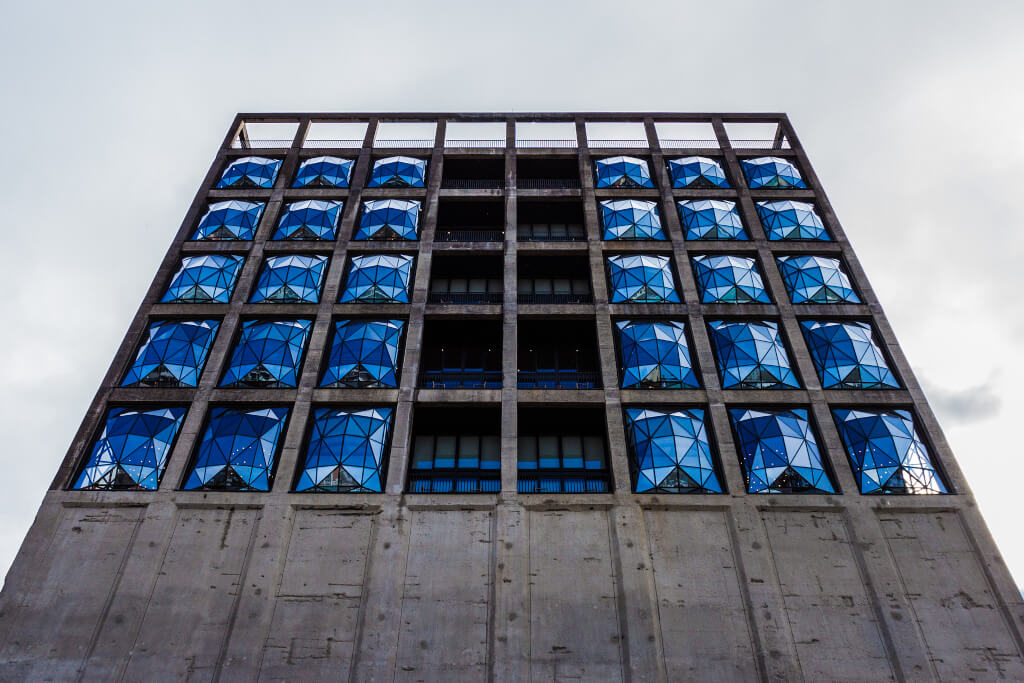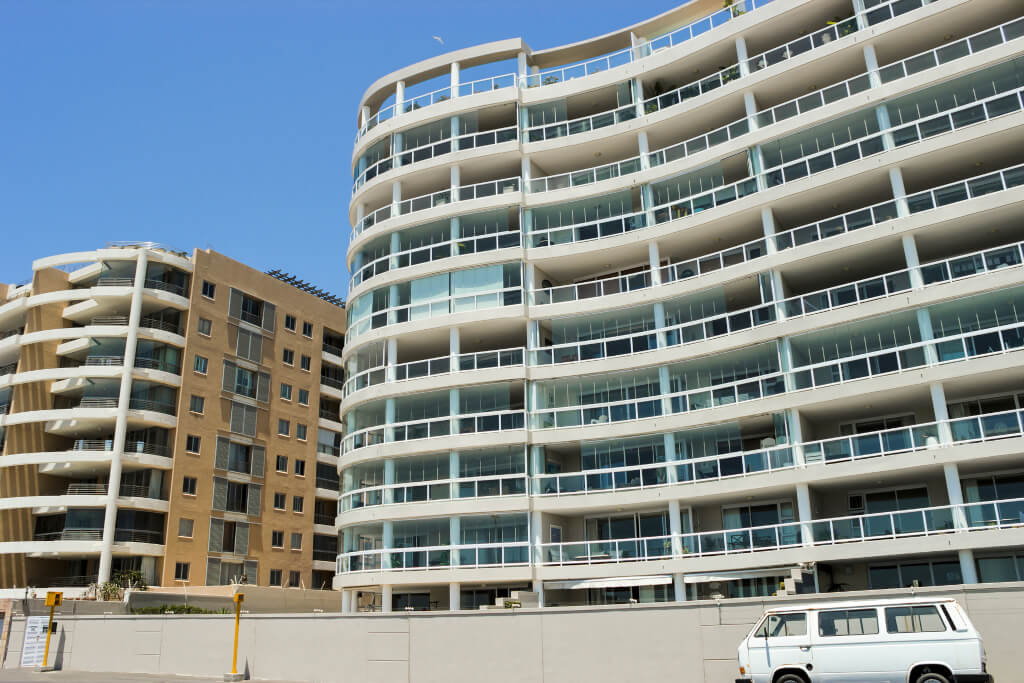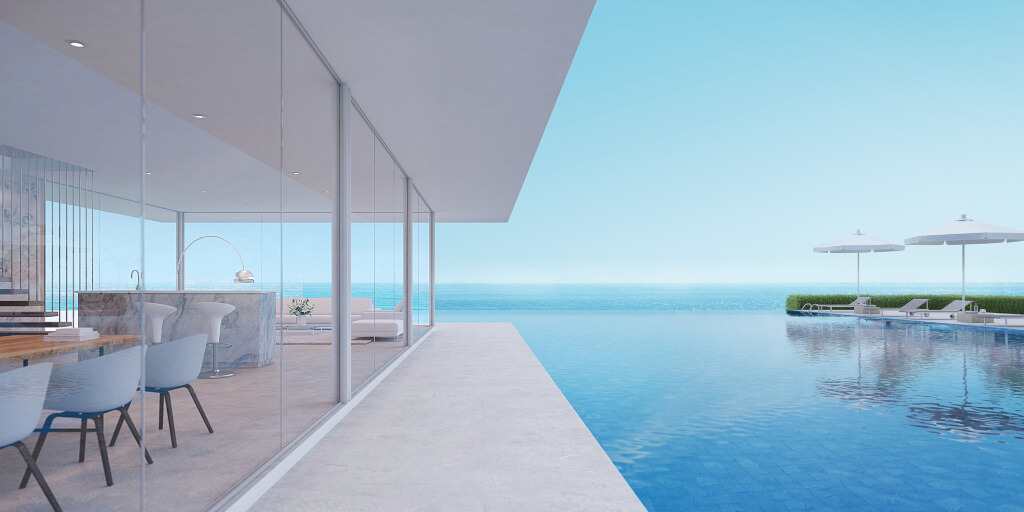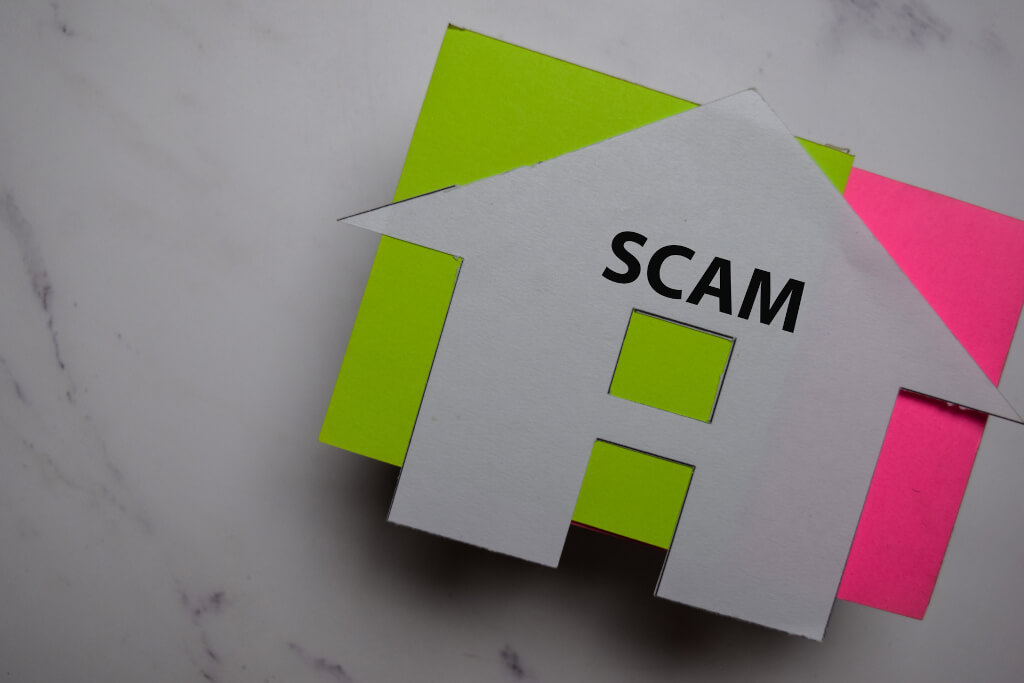The establishment of Zeitz MOCAA, Africa’s largest museum for contemporary art, was a groundbreaking event. Its mere presence created a distinctive cultural landmark, repositioning Cape Town on the global art map. The economic significance is far-reaching; the property sector reaps benefits from the increased foot traffic and visibility. Unique art pieces from the continent draw international buyers, some of whom have taken an interest in property investment, thus infusing foreign capital into the market. According to Samantha Craddock, a seasoned real estate agent based in Cape Town, “The museum’s establishment has provided an unexpected but welcome boost to the property sector. It has truly made the surrounding area a hotbed for investment, attracting a wide range of buyers, both local and international.”
Tourism Fueling Property Demand
Cape Town’s status as a cultural hotspot has been significantly enhanced by the Zeitz MOCAA. The museum’s visitors, predominantly tourists, contribute to an increased demand for accommodation. This demand has prompted many homeowners to convert their properties into vacation rentals, sparking a new dynamic in the property market. Subsequently, developers have taken note of this trend, leading to an uptick in the development of luxury apartments and condos.
Property Prices and the ‘Zeitz MOCAA Effect’
Zeitz MOCAA’s impact extends to real estate dynamics. The so-called ‘Zeitz MOCAA Effect’ has seen property values within proximity of the museum inflate significantly. Interestingly, this effect has caused a shift in demographic patterns with more affluent residents flocking to the area, thereby increasing the median income levels which in turn elevates property prices.
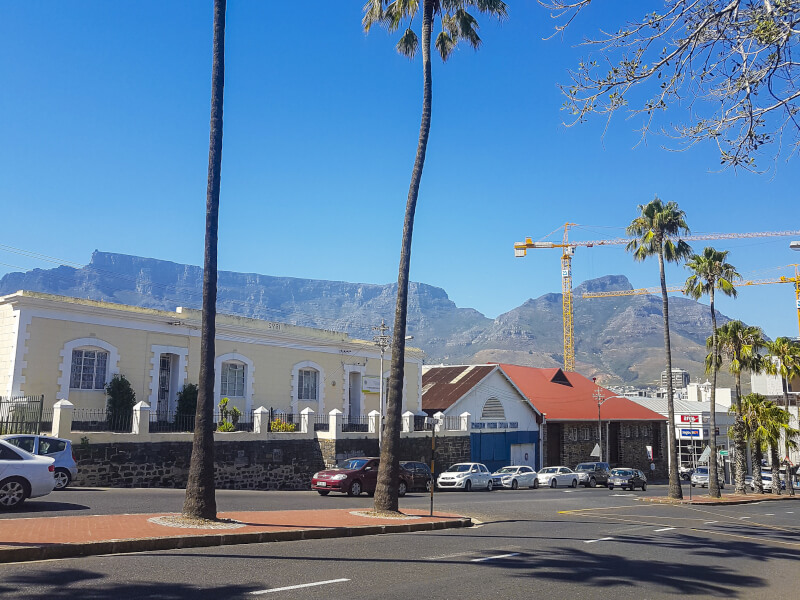
Let’s dive into the numbers, shall we? To truly understand the ‘Zeitz MOCAA Effect’ on property prices, we’ve pulled together a comparative analysis of the average property prices before and after the establishment of Zeitz MOCAA. The table below showcases the dramatic change in pricing across different property types in the vicinity of this cultural landmark. Whether you’re an investor, property enthusiast, or merely curious, this will give you a clear snapshot of the transformative impact Zeitz MOCAA has had on Cape Town’s property market:
| Property Type | Average Price Pre-Zeitz MOCAA (2016) | Average Price Post-Zeitz MOCAA (2023) |
| Luxury Apartments | R2.3 Million | R4.2 Million |
| Modern Lofts | R1.8 Million | R3.8 Million |
| Houses Transformed into Vacation Rentals | R2.2 Million | R4.5 Million |
| Retail Spaces | R2.5 Million | R4.7 Million |
| Office Spaces | R3.0 Million | R6.0 Million |
*Please note that these figures are based on average prices and may vary depending on specific property features and exact locations.
Investing in Property Around Zeitz MOCAA
Understanding the market dynamics around the Zeitz MOCAA is the first step for any potential investor. The ‘Zeitz MOCAA Effect’ has not only driven property prices up near the museum but also in surrounding neighborhoods. Areas such as Woodstock and Salt River have seen a marked increase in property values. These trends indicate a high potential for return on investment. Meanwhile, property developer Robert Matthysen notes, “The Zeitz MOCAA effect isn’t just a fad. It has triggered long-term urban regeneration, making it an ideal time to invest in the surrounding areas, especially in adaptive reuse properties. Such properties hold immense potential for high returns due to their uniqueness and the growing desire for modern, stylish spaces in culturally rich areas.”
Evaluate Potential Property Types
The variety of property types around the Zeitz MOCAA provides ample choice for investors. Luxury apartments, modern lofts in converted warehouses, and houses transformed into vacation rentals are all viable options. Each property type carries different risks and rewards, so understanding your own investment goals is crucial.
Engage with Property Experts
Get in touch with local real estate experts who have a deep understanding of the area around the Zeitz MOCAA. These professionals can provide valuable insights into property trends, price movements, and potential investment opportunities.
Urban Regeneration Inspired by Zeitz MOCAA
The urban regeneration brought about by Zeitz MOCAA has seen the docklands morph from an industrial wasteland to a buzzing cultural and residential hub. Adaptive reuse of spaces is now a trend in the area, with old warehouses being converted into modern lofts. This change has made the area more desirable, boosting property demand and prices.
Beyond the Docklands
The ripple effects of Zeitz MOCAA are evident in neighborhoods beyond the immediate vicinity of the museum. Areas that were once considered peripheral, such as Woodstock and Salt River, are experiencing increased demand and property prices. This gentrification process has been propelled by buyers and renters seeking affordable options while still being close to cultural amenities.
Business Opportunities Stemming from Zeitz MOCAA
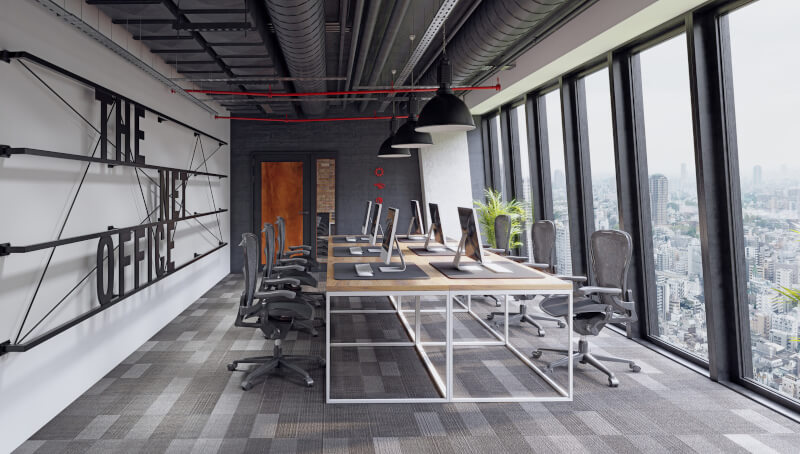
The surge in tourism and property demand due to the Zeitz MOCAA has given rise to numerous business opportunities. Property developers, agents, and hospitality businesses are flourishing due to this trend. Furthermore, investment interest is not only local but international, broadening the capital base of the city’s real estate market.
The Social Impact of Zeitz MOCAA
Zeitz MOCAA’s influence extends to socio-economic dynamics. The museum has created numerous job opportunities, both directly and indirectly, thereby contributing to local economic growth. This increased economic activity enhances property demand as more people can afford to buy or rent homes.
What Lies Ahead?
The sustained impact of Zeitz MOCAA on Cape Town’s property market is undeniable. As the museum continues to draw crowds, the property market is expected to remain robust. The museum’s growth plans, including partnerships with international art institutions, could further boost its global profile, attracting more international visitors and property buyers. Property investment consultant Tania Joffe shares, “The sustained impact of Zeitz MOCAA is remarkable. Its planned partnerships with international art institutions only spell continued growth for Cape Town’s property market, particularly in neighborhoods within its vicinity.”
Navigating the Zeitz MOCAA Ripple Effect
The undeniable influence of the museum on the city’s cultural and economic landscape has created enticing opportunities for both local and international investors. However, this dynamic environment also calls for a nuanced understanding of market trends and potential risks.
The promising increase in property values and the surge in demand spurred by the Zeitz MOCAA effect make for attractive investment narratives. However, caution and due diligence should be every investor’s guiding principles. Engaging with local property experts, gaining a thorough understanding of the local market dynamics, and staying updated with the museum’s plans are all crucial steps to ensure investment success.
The potential investors should also reflect on the broader societal changes catalyzed by the museum. As Zeitz MOCAA continues to evolve, its social, economic, and cultural impacts will shape Cape Town’s future, making the city a vibrant canvas of opportunity. Recognizing these shifts will not only contribute to fruitful property investments but also allow investors to become part of the city’s exciting transformation story. Remember, it’s not just about owning a piece of real estate; it’s about participating in Cape Town’s evolving cultural narrative.

